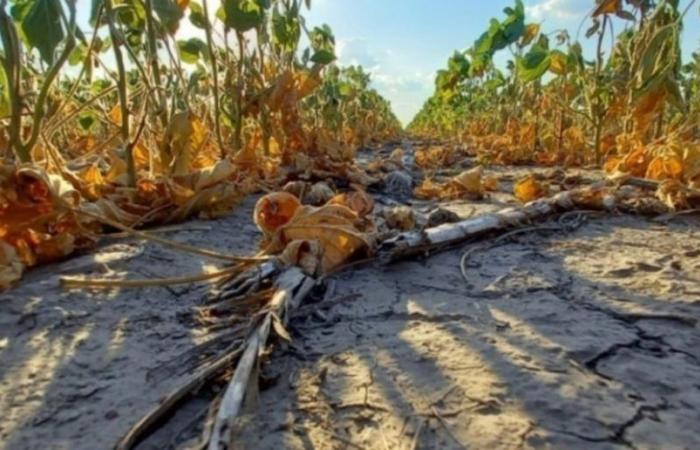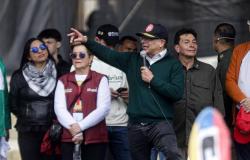
By Guadalupe Mestas Izurieta
Every year, June 17 is celebrated as World Day to Combat Desertification and Drought. This day, proclaimed by the United Nations General Assembly in 1994, seeks to raise awareness about the importance of combating desertification and mitigating the effects of drought. It is also the anniversary of the United Nations Convention to Combat Desertification (UNCCD), which came into force in 1996.
“The phenomenon of desertification affects 69% of the national territory; approximately 650 thousand hectares are lost annually due to this phenomenon,” José María Musmeci, vice president of the Patagonia Natural Foundation, tells RED/ACCION. “In large part it is due to livestock practices that overloaded the properties to the point of generating infertile soils. They are anthropic processes aggravated by sporadic and increasingly recurrent natural issues due to the effects of climate change,” he comments.
Argentina ratified what is known as the Rio Conventions, the three major environmental conventions, climate, biodiversity and desertification. The latter was ratified in September 1996. From then on, a series of works began in our country to develop policies and instruments that contribute to making those international mandates a reality at the national level. However, from 2020 until now our country has recorded one of the worst droughts in the last 60 years, which caused million-dollar losses.
From RED/ACCION we spoke with Ana Di Pangracio, deputy executive director of the Environment and Natural Resources Foundation (FARN), about the tools that our country has to face this problem.
—From Argentina, how is the dictates of the United Nations Convention to Combat Desertification being applied?
—One of the main instruments is the National Action Program to Combat Desertification, Land Degradation and Drought Mitigation (PAN), which must be developed, implemented and then updated through a participatory process and allows for an evaluation and monitoring how Argentina is doing on issues of desertification, land degradation and droughts and coordinating efforts of different government agencies at all levels to address these problems. This plan includes a National Advisory Commission (CAN) with a diversity of experts and authorities, including civil society and various government agencies, and is also informed by information produced by the National Observatory of Land Degradation and Desertification.
—What activities do you carry out?
—Includes work programs in the territory, whether at the provincial, interprovincial or regional level. It constitutes a national information network on desertification, education activities, training, raising awareness in the community, strengthening the institutional and legal framework through new laws or decrees or resolutions. Also the development of funds to make these actions a reality. It also reports every four years to the United Nations Convention to Combat Desertification on how progress is being made in honoring those international commitments it has assumed. This work is also linked to the Sustainable Development Goals, which include objectives and goals related to desertification, degradation and drought.
—What processes could be improved?
—There are always things to improve. Many times these spaces are deactivated and reactivated again depending on the will of the person in charge of the environmental authority. Therefore, it is key to raise awareness that this cannot depend on the will of the authority in power. These spaces must always remain active, ensuring channels of citizen participation to advance the committed activities. It is not just to adopt a certain document, but it must be a living document, which is updated when necessary and that the actions committed therein are effectively translated into the territories.
Afterwards, it is important that they be in dialogue with other related instruments, which are those of the other Rio Conventions. We always ask that, for example, the people who are in charge of the different issues of desertification, biodiversity and climate within the environment at the national, provincial and municipal levels work together, exchange information, be present at each other’s meetings, since these issues are extremely related, and today we have to understand everything from the climate key.





